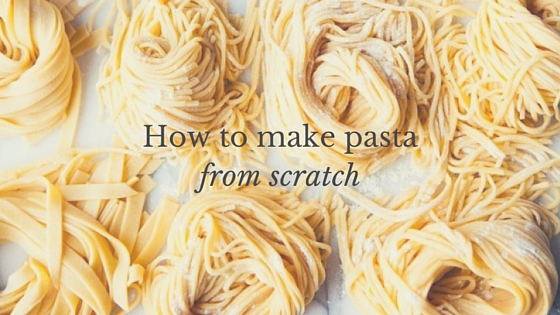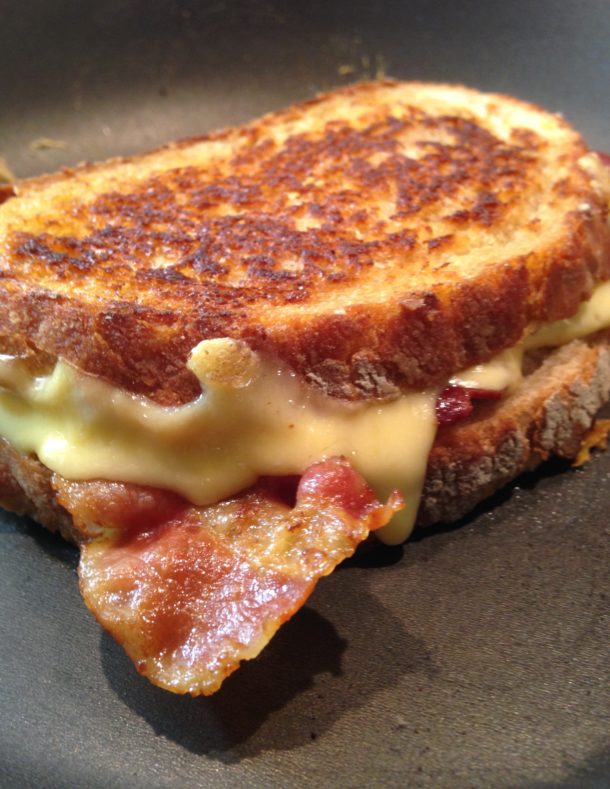This month is going to be all about pasta, from learning about the origins of pasta to a month’s worth of delicious pasta recipes. Why pasta? Pasta is the quintessential winter dish – it’s warm, it’s filling, it’s comforting, and more importantly, it’s versatile. You can make a simple tomato sauce pasta, a heavier cream sauce pasta (like alfredo), pesto, cheese – you can go on and on. You can even toss pasta in a big of olive oil with some salt and pepper, a few slices of tomatoes, and some basil leaves and have a pasta dish so perfect it’ll make you cry. There’s even such a thing as dessert pasta.
How to Make Pasta
We all know that picking up some boxes of pasta at the grocery is one of the cheapest possible dinner solutions out there. It’s practically the first lesson you learn in college. But if you haven’t made your own pasta from scratch, then you’re really missing out. Especially because making pasta from scratch is about as cheap as buying pasta from the store, but it’s so much fresher and more flavorful. It’s also not terribly difficult. Here’s how to make pasta from scratch.
Start by grabbing a large mixing bowl and the following four ingredients: 2 cups of flour, 1/2 teaspoon of salt, 3 eggs, and 1 Tablespoon of olive oil. Combine the flour and salt into a large mixing bowl and whisk together. Use your hands to create a crater in the middle of the flour mixture. Crack the three eggs into the center and add in the olive oil. This is your basic pasta dough. You’ll probably want to switch from a whisk to a fork in order to continue whipping these four ingredients together, as the dough is going to become more and more stiff and difficult to mix. Once you’ve gotten the dough mixed as well as you can with a fork in a bowl, it’s time to take it out and knead it.
Use a flat, clean surface (a large cutting board is ideal) and knead the dough further until the dough is smooth. Once the dough is ready, it’s time to let it sit. Cover the dough with plastic wrap and leave it out on the counter at room temperature for 30 minutes. After half an hour, you’re ready for the next step.
Start by dividing the dough into four equal parts. Roll one part out at a time, while the other parts sit covered with plastic wrap (don’t want them to dry out while they’re waiting!). Roll the dough into a long rectangle, using additional flour to sprinkle on the dough to help prevent it from sticking to the rolling pin or the cutting board. Keep rolling the dough until it’s then. And then roll it out some more. The dough should be so thin it’s almost transparent when you hold it up to the light. In the words of one chef “you should be able to read the time on your watch through the pasta when you hold it up to the light”. Keep dusting the dough with flour to prevent sticking. Once the dough is thin enough, fold it a few times into a loose,flat roll. Use a sharp knife to cut thin strips of pasta – starting from the edge of the roll and making your way to the other side. Repeat this process for the other three parts of the dough.
Take the individual pasta strips and loosen them up, dusting them again lightly with flour. At this point, you’re ready to cook it. Heat a pot of boiling water on the stove with a sprinkle of salt. Fresh pasta will only take 3-4 minutes of boiling to fully cook.






Trackbacks/Pingbacks